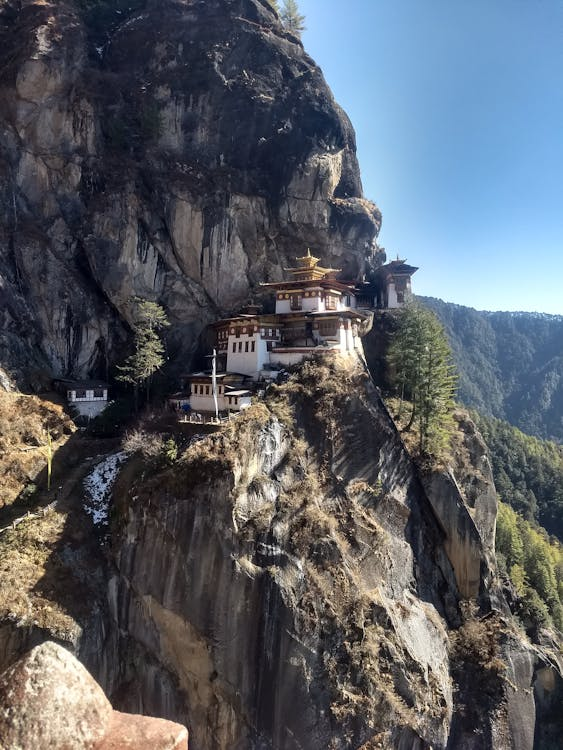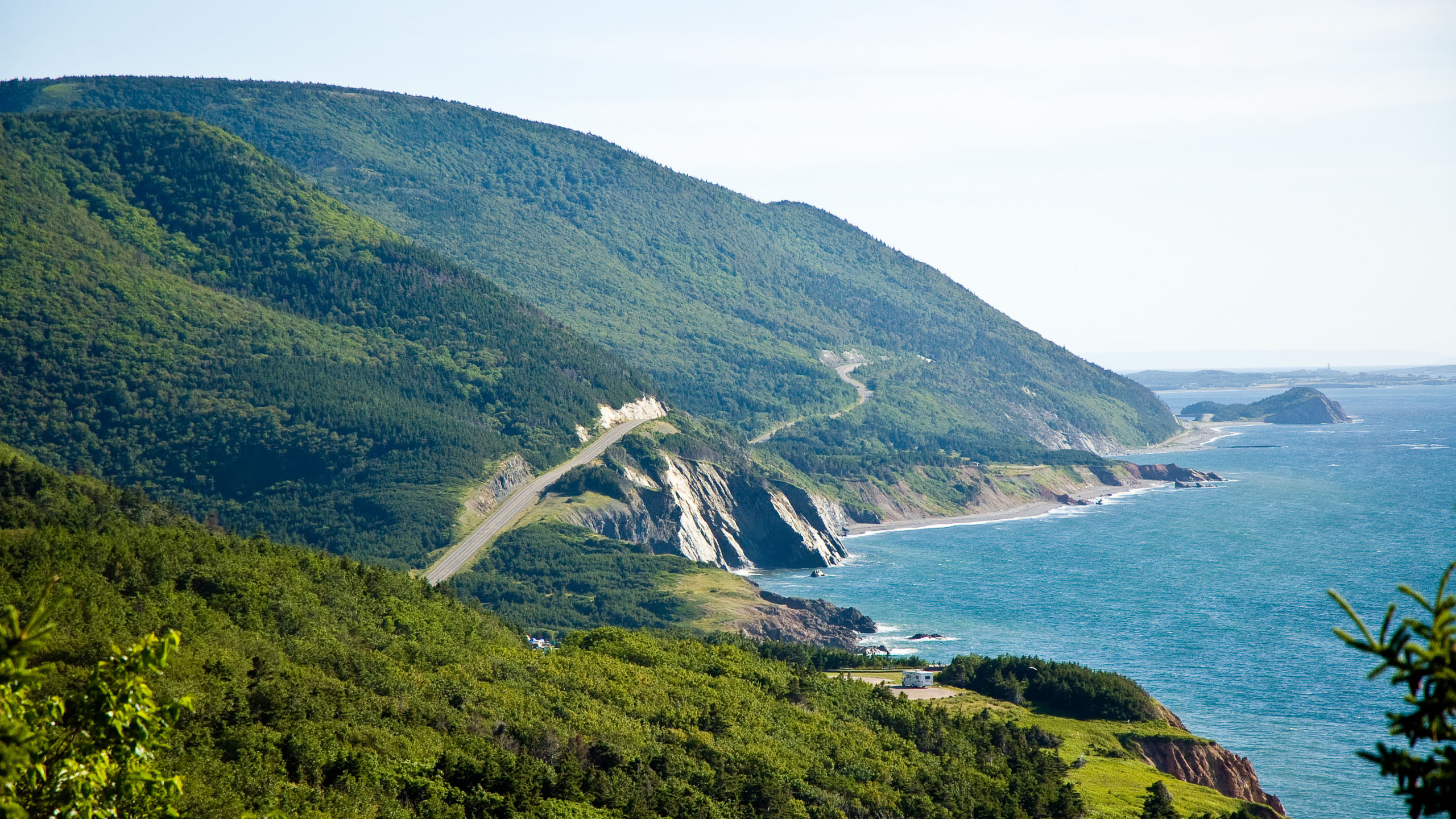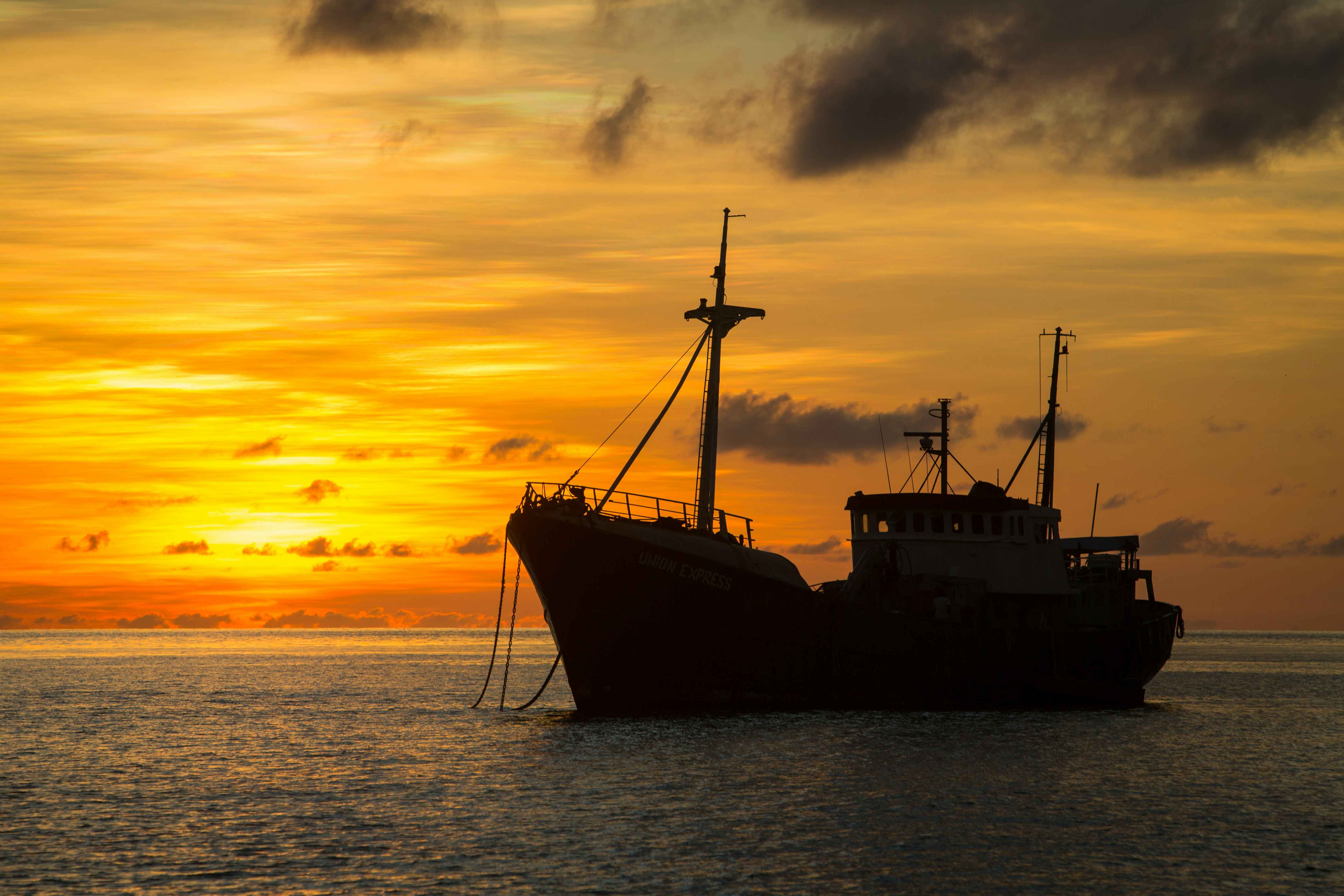Stay connected with Airtel’s international roaming plans as you embark on an unforgettable journey through Bhutan, exploring its best places and unique experiences while ensuring seamless communication and sharing your adventures in this serene and picturesque destination.
Buy International Roaming Pack
Tucked away in the lofty Himalayas, Bhutan unveils a world of ancient dzongs, serene monasteries, and dizzying mountain passes. This tiny Buddhist kingdom grips the imagination with its untouched landscapes and unique cultural traditions. If you’re craving an adventure in a place that’s truly off the beaten path, look no further than this comprehensive guide to Bhutan’s best tourist attractions and places to visit.
Paro: Gateway to Bhutan’s Wonders
Tiger’s Nest Monastery
Perched dramatically on a cliffside, Paro Taktsang or the Tiger’s Nest Monastery is undoubtedly one of the top tourist places in Bhutan. This sacred site, built in 1692, clings to the edge of a sheer rock face 900 metres above the Paro Valley.
Legend has it that Guru Rinpoche, who brought Buddhism to Bhutan, flew to this spot on the back of a tigress. Today, the complex consists of four main temples and several dwellings for monks. The two-hour hike up to the monastery is steep but incredibly rewarding, offering stellar views of the valley below.
|
Hiking Details |
Tiger’s Nest Trek |
|---|---|
|
Distance |
4 km one way |
|
Duration |
4-5 hours round trip |
|
Difficulty |
Moderate to challenging |
|
Elevation Gain |
900 metres |
|
Best Time |
March to May, September to November |
Paro Dzong (Rinpung Dzong)
Sitting majestically above the Paro Valley is Rinpung Dzong, a fine example of Bhutanese architecture. This fortress-monastery was built in the 16th century and currently houses the district’s monastic body and government offices.
Visitors can explore the dzong’s many shrines, temples, and galleries, including beautiful wall paintings depicting Buddhist teachings. The dzong is particularly picturesque during the spring when the lilac-coloured jacaranda trees bloom in the courtyard.
National Museum of Bhutan
Housed in the Ta Dzong, a 17th-century watchtower above the Paro Dzong, the National Museum offers a fascinating glimpse into Bhutan’s rich cultural heritage. The museum’s collections include ancient artefacts, traditional costumes, armour, and an impressive assortment of thangkas (religious scroll paintings).
Don’t miss the gallery devoted to Bhutan’s national animal, the takin, or the display of fearsome festival masks used in traditional dances.
Thimphu: Bhutan’s Charming Capital
Buddha Dordenma
Towering over the Thimphu Valley, the 51-metre-tall statue of Buddha Dordenma is one of Bhutan’s top tourist attractions. Cast in bronze and gilded in gold, this massive statue houses over 100,000 smaller Buddha statues.
Visitors can circumambulate the base of the statue, spin prayer wheels, and take in sweeping views of Thimphu city and the surrounding mountains. The site also includes a meditation hall and several shrines.
Tashichho Dzong
Tashichho Dzong, or “The Fortress of the Glorious Religion,” is the seat of Bhutan’s government and the summer residence of the Je Khenpo (Chief Abbot). This striking whitewashed building with its distinctive red roofs is an iconic landmark in Thimphu.
Visitors can explore the dzong’s courtyards and marvel at the intricately painted wooden galleries. The dzong is especially beautiful in the evening when it’s illuminated against the night sky.
Weekend Market
For a taste of local life, head to Thimphu’s Weekend Market, held every Friday to Sunday. Farmers from surrounding villages bring their fresh produce, including exotic fruits and vegetables, to this bustling bazaar.
The market is also a great place to shop for souvenirs, with stalls selling everything from colourful textiles and handicrafts to incense and spices. Be sure to try some of the local delicacies, like ema datshi (chilli cheese) or momos (dumplings).
Punakha: Bhutan’s Ancient Capital
Punakha Dzong
Straddling the confluence of the Pho Chhu and Mo Chhu rivers, Punakha Dzong is arguably the most beautiful of Bhutan’s tourist places. Built in 1637, this majestic fortress served as the seat of government until the capital was moved to Thimphu in 1955.
Inside the dzong, visitors can admire the intricate woodwork, colourful frescoes, and the 100-pillared Great Assembly Hall. In the spring, the lilac jacaranda trees and vibrant bougainvillaea in the courtyards create a stunning display.
Chimi Lhakhang
Chimi Lhakhang, or the “Fertility Temple,” is a small but famous monastery near Punakha. Built in 1499 by the maverick saint Drukpa Kunley (known as the “Divine Madman”), the temple is renowned for its fertility blessings.
Childless couples come here to receive a blessing and a wooden phallus (a symbol of fertility) from the resident monk. The short hike to the temple passes through picturesque rice fields and traditional villages.
Khamsum Yulley Namgyal Chorten
Perched on a ridge above the Punakha Valley, the Khamsum Yulley Namgyal Chorten is a stunning example of Bhutanese architecture. This four-storey chorten was built in 1999 by the Queen Mother to bring peace and harmony to the world.
The hike up to the chorten is moderately challenging, but the views from the top are absolutely breathtaking. Inside, visitors can admire the elaborate paintings and sculptures depicting various deities and saints.
Other Notable Places to Visit in Bhutan
-
Gangtey Valley: Known for its scenic beauty and the rare black-necked cranes that winter here.
-
Bumthang Valley: Often called the cultural heartland of Bhutan, with its many ancient temples and monasteries.
-
Haa Valley: An off-the-beaten-path destination with pristine forests, alpine meadows, and traditional villages.
-
Phobjikha Valley: A glacial valley famous for its stunning landscapes and the Gangtey Monastery.
Essential Travel Information
-
Best Time to Visit: Bhutan is best visited in the spring (March to May) and autumn (September to November) when the weather is mild and the skies are clear.
-
Visa Requirements: All visitors (except Indian, Bangladeshi, and Maldivian nationals) must obtain a visa prior to arrival. Visas are processed through registered tour operators.
-
Getting There: Bhutan’s only international airport is in Paro, with flights from several cities in India, Nepal, Thailand, and Singapore.
-
Getting Around: The most convenient way to travel within Bhutan is by car with a driver, which can be arranged through your tour operator. Public transport options are limited.
-
Accommodation: Bhutan offers a range of accommodations, from luxury resorts to simple guesthouses. All tourists (except Indian, Bangladeshi, and Maldivian nationals) must book their accommodation through a registered tour operator.
-
Currency: The Bhutanese currency is the Ngultrum (Nu), which is pegged to the Indian Rupee. Indian Rupees are widely accepted.
Staying Connected with Airtel’s Postpaid International Roaming Plans
Staying connected while exploring Bhutan’s best places to visit is essential for many travellers. With Airtel’s postpaid international roaming plans, you can enjoy seamless connectivity across Bhutan.
These plans offer generous data allowances, so you can easily navigate with maps, book accommodations, and share your experiences on social media. Plus, with Airtel’s 24/7 customer support, you can travel with peace of mind, knowing help is just a call away.
Conclusion
From the breathtaking Tiger’s Nest Monastery to the serene Punakha Dzong, Bhutan’s tourist attractions offer a unique blend of natural beauty, cultural richness, and spiritual significance. By following this guide to the best places to go in Bhutan and equipping yourself with essential travel tips and a reliable international roaming plan, you’re all set for an unforgettable adventure in the Last Shangri-La. So what are you waiting for? Start planning your Bhutanese odyssey today!



